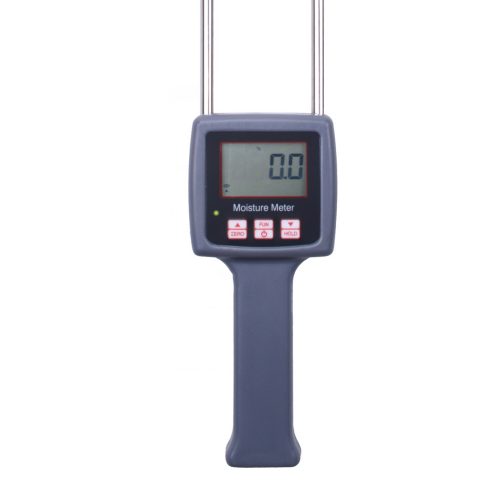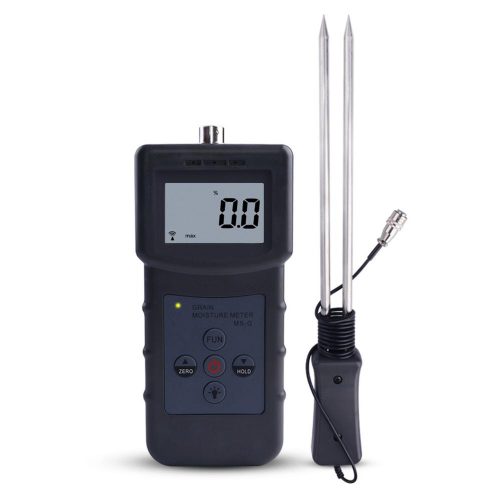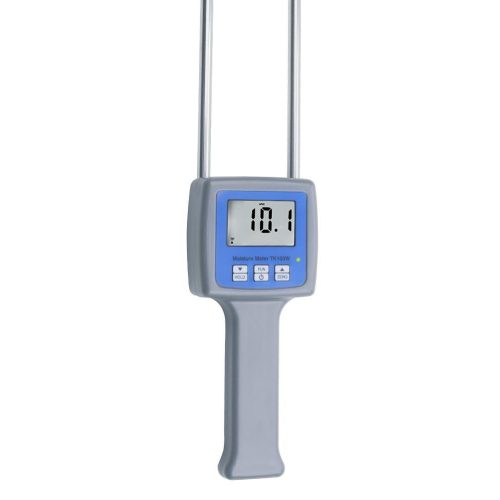BEST HAY MOISTURE TESTER COLLECTION FOR YOU
The hay moisture meter uses the principle of electrical resistance. Because moisture conducts electricity, damp hay will allow electricity to pass through more easily, leading to higher readings. When you insert the probe into the hay, the hay is like a component in a circuit that reads the resistance in the hay. It uses the amount of resistance to that current to measure the moisture content in the grass.
- Best Brands
New Holland
AGCO
General Tools
Sparex
AgraTronix
Delmhorst
FARMEX
Huanyu
- Windrow Moisture Tester VS Bale Moisture Tester
Since there are many open-air holes in the loose hay, we recommend that you get a windrow moisture tester.
A bale moisture tester is suitable for hay bales because it can reach the inside of hay bales. Usually, the length of the probe is at least 1/2 to 2/3 of the thickness of the hay bale.
- Casing Construction
- Moisture Range
The type of grass and bale density will affect the optimum moisture content of the hay bale. The most common ones are as follows.
- Small square bales: 18-20% MC
- Large square bales: 12-16% MC
- Round bales: 15% MC
Ensure the tester can accurately detect moisture in the 8% to 30% MC range and get an accurate reading, rather than displaying results below % MC.
- Continuous mode
- Calibration
Moisture content standards (MSC) or a built-in calibration check are available. The MCS provides a specific reading value when connected to the moisture sensor probe. The hay moisture probe may be out of calibration if the readings are different.
- How to test hay moisture before baling?
You will need to fill a 20-40 liter bucket with hay. The higher the density, the more accurate the reading will be.
Mix the hay in the bucket, recompact and re-measure.
The average of the readings is the hay moisture level.
Repeat these steps in several parts of the field, especially where the hay is thickest.
- How to use a hay moisture tester when baling?
- How to use a bale moisture tester?
Wait for the reading to become stable.
Record the reading.
Repeat the test on the same bale.
The average of the readings is the final moisture content.
Since not all bale moisture testers are the same, you should know the different methods. Some have a built-in calibration check where you just need to press a button. However, some do not have a built-in check, and you may have to use a different test method. The most common is the use of moisture content standards . There are two main types: pin and pinless bale moisture testers. Each uses a different calibration test tool.
In addition, the moisture content depends on the shape of the bale. For large square bales or round bales, you should keep moisture content between 12-16%. Small square bales' moisture content should be from 18% to 20%.



